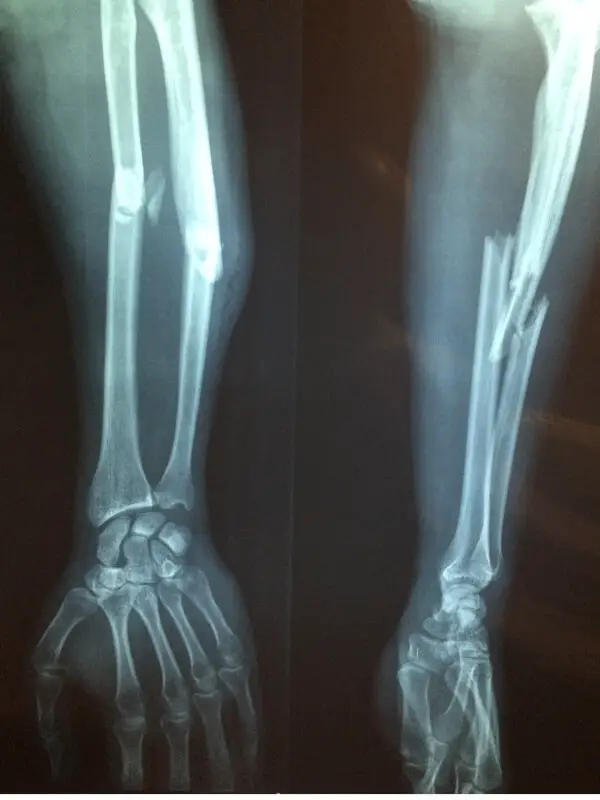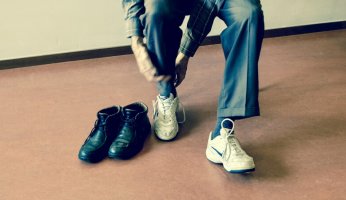The Most Common Backcountry Injuries
 The Most Common Backcountry Injuries
gearweare.net
The Most Common Backcountry Injuries
gearweare.net
Properly preparing for a backcountry adventure means more than packing your bag right. Knowledge of the potential risks of injury as well as what to do if an injury occurs is crucial for ensuring the safety of yourself and your partners. Here, the most common injuries are looked at. For more details on how to deal with these injuries, refer to our previous blog posts, What to Do During Backcountry Medical Emergencies and Here’s What You Should Always Have in Your First Aid Kit. Remember, all injuries need to be evaluated on an individual basis and dealt with differently depending on severity.
Table of Contents
Cuts, Scrapes, and Bruises
Cuts, scrapes, and bruises typically occur if you run into anything or fall while hiking. Cuts can also be caused by the mishandling of knives. To minimize the likelihood of these injuries, protect yourself with tough clothing. Even on a hot day, long and loose clothes may be more comfortable as they will shield your extremities from underbrush. Also, always be careful while navigating complicated trails, taking care to avoid smacking your knees and elbows on rocks or slipping. Be further careful when handling a knife in the backcountry, since a large cut can become much worse this far from medical attention.
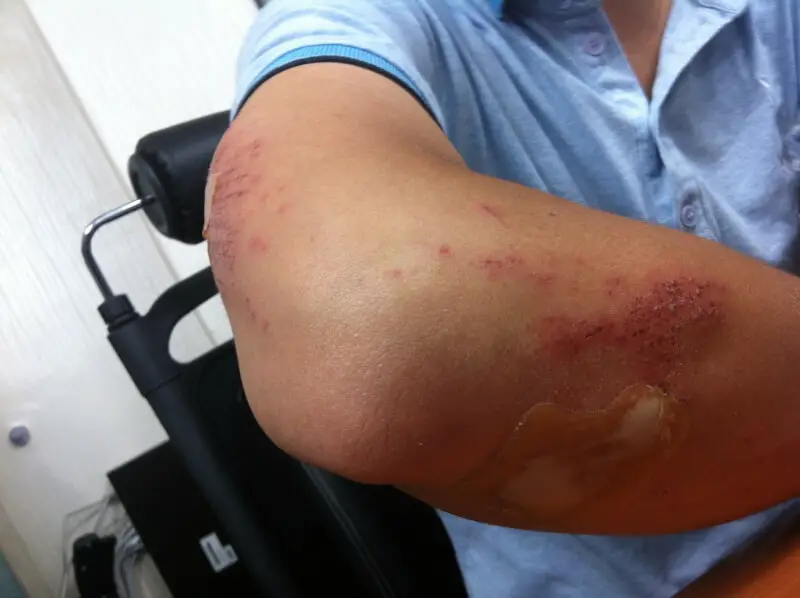
Infections
If you do have to deal with a cut or a scrape, make too sure clean it thoroughly to prevent infection. Remove all debris by running at least a half-liter of water over the wound, sanitize with rubbing alcohol, then apply anti-infection ointment and cover. Continually monitor the injury for any signs infection and reapply anti-infection ointment regularly. An infection in the backcountry can quickly become a much more serious problem than the original cut or scrape.
Allergic Rashes and Burns
To other possible skin injuries to be prepared for are allergic rashes caused by poisonous plants. Allergic rashes can be avoided by knowing what plants to look out for in that area and by wearing loose fitting clothes that cover your skin.
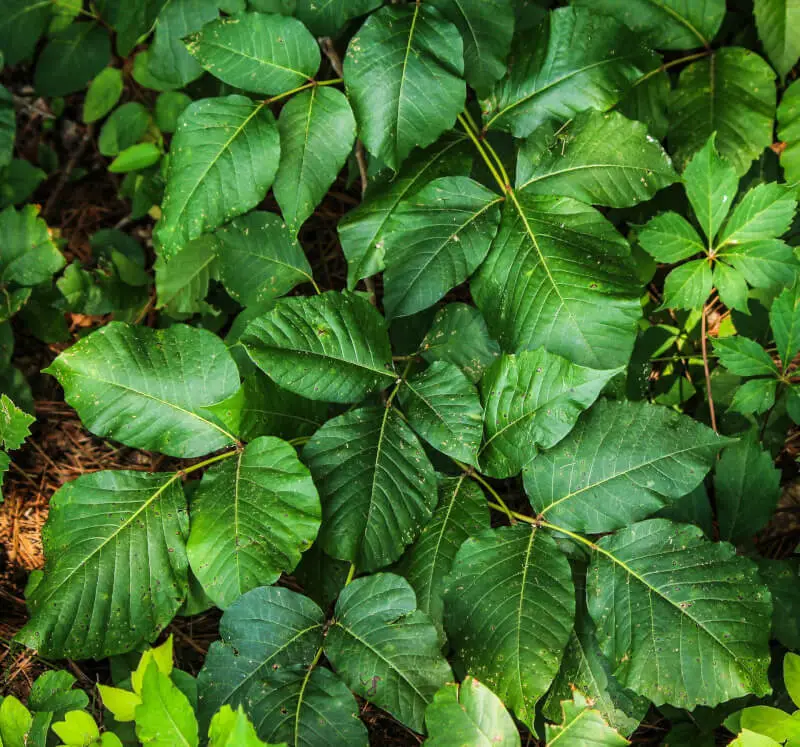
Covering your skin with clothes also helps prevent sunburns, however sunscreen should also always be applied. Bring along a little bit of aloe vera gel just in case someone does get sunburnt.
Burns can also occur when handling the campfire, your stove, boiling water, and moving hot pots. Once a heat burn has occurred, submerge the affected area in cold water as quickly as possible, then treat with antibiotic ointment and cover. Make sure the injured person remains hydrated, and keep any burns on extremities elevated to prevent swelling.
Knee, Ankle, and Other Joint Injuries
Hiking can be rough on your joints. Swollen knees, twisted ankles, and injury to other areas such as your hips, neck, and back can be caused through the repetitive motions of hiking. The best ways to prevent these injuries is by being in shape before you hike, and making sure to stretch along the way. Trekking poles also work well to keep you balanced, making rolling your ankle less likely, and ease the tension that your joints may experience.
For most joint injuries, follow the acronym RICE – Rest, Ice, Compression, and Elevation. If possible take a rest day before continuing on. If the joint does not get better, an evacuation may be needed.
Broken Bones
A broken bone is a worst-case situation after someone falls. These injuries will always be trip enders and most often the injured person will require immediate, professional medical attention. The first thing to do is splint the broken bone. If the break has broken the skin, dress the wound as best you can, then splint. If the injured individual can walk, take all their bags, and begin hiking the quickest way out. Make sure to monitor the injured and the injury closely, offering help as it is needed. If the injured person can’t walk or you are so far in the backcountry that hiking out is not plausible, you will need to order an emergency evacuation.
Blisters
Blisters happen, even if you have a super comfortable, broken in and beloved pair of hiking boots. The best way to deal with blisters is to stop them before they become a real issue. Pay attention to any hotspots. If one begins to develop, stop immediately and apply a liquid bandage or moleskin. When blisters get bad enough, they should be treated with antibacterial ointment and dressed the way you would a cut or a scrape.
Dehydration
It is quite easy to become dehydrated, especially since this issue often goes unnoticed until it has become severe. Signs of dehydration include fatigue, sore joints, and mood characteristics, such as irritability, frustration, and poor decision making. Other, easier to notice signs are that you are going longer than 4-5 hours before peeing, and that your pee is yellow and filled with bubbles. Drinking lots of water and consuming electrolytes, like sodium and chloride, is the only way to stop yourself from becoming dehydrated.
Animal Injuries
Depending on where you are you will have to be on the lookout for different kinds of animals that can cause harm. Some areas carry more danger in terms of the fauna you may encounter, so a thorough understanding of what the animal threats are and how to deal with them is important to staying safe in the backcountry.
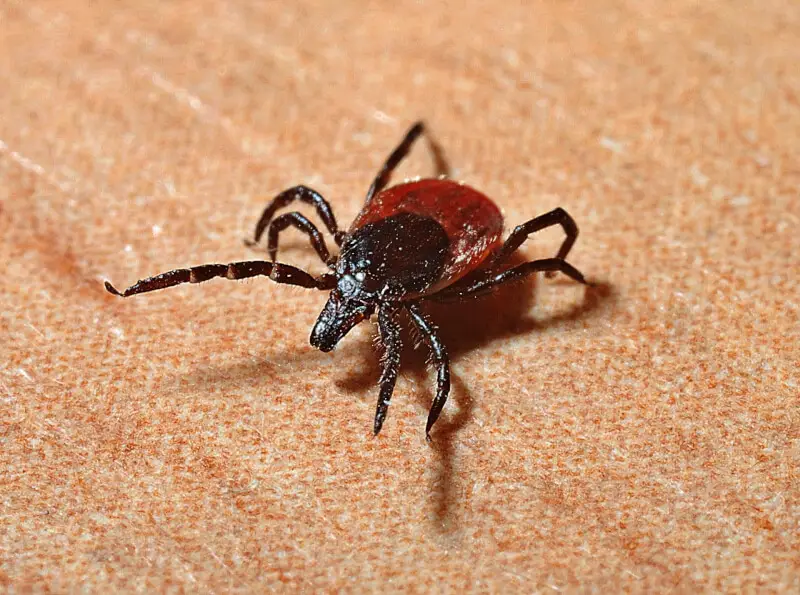
The animals that pose the greatest threats to your wellbeing in the backcountry include snakes in the pit viper and coral snake families, as well as some spiders and scorpions. There are also other types of bugs that can cause harm, although most of the time it is not life-threatening. Ticks are mostly gross, although extra caution needs to be applied when traveling through lyme disease areas. Similarly, bee and wasp stings can be quite painful but are only dangerous if you are allergic.
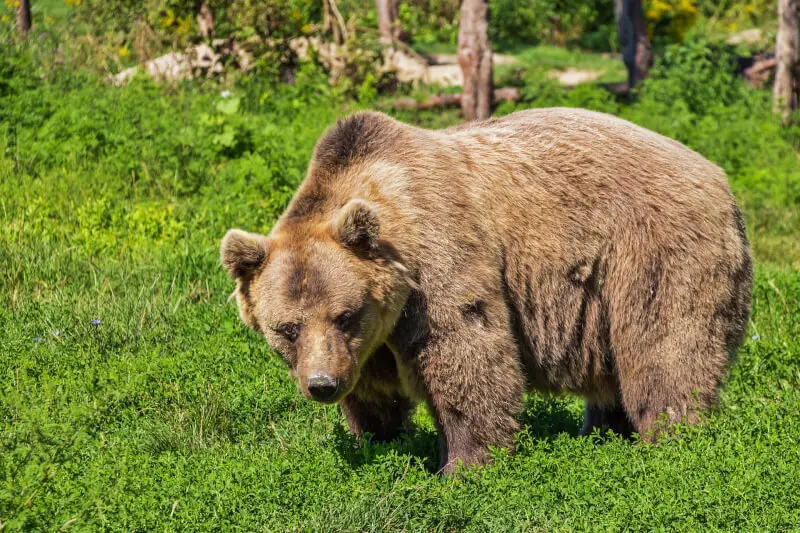
Large animals can also cause significant harm. Brown bears and cougars are the most dangerous and have been known to attack humans when hungry. Herbivores such as moose and elk will also run you down if you get to close or you get in between them and their young.





